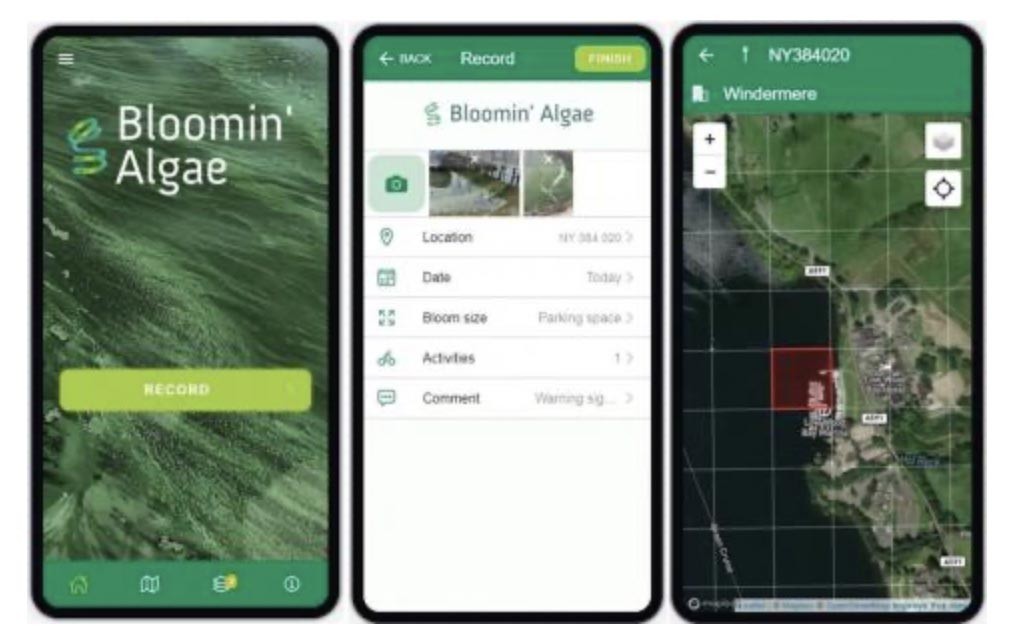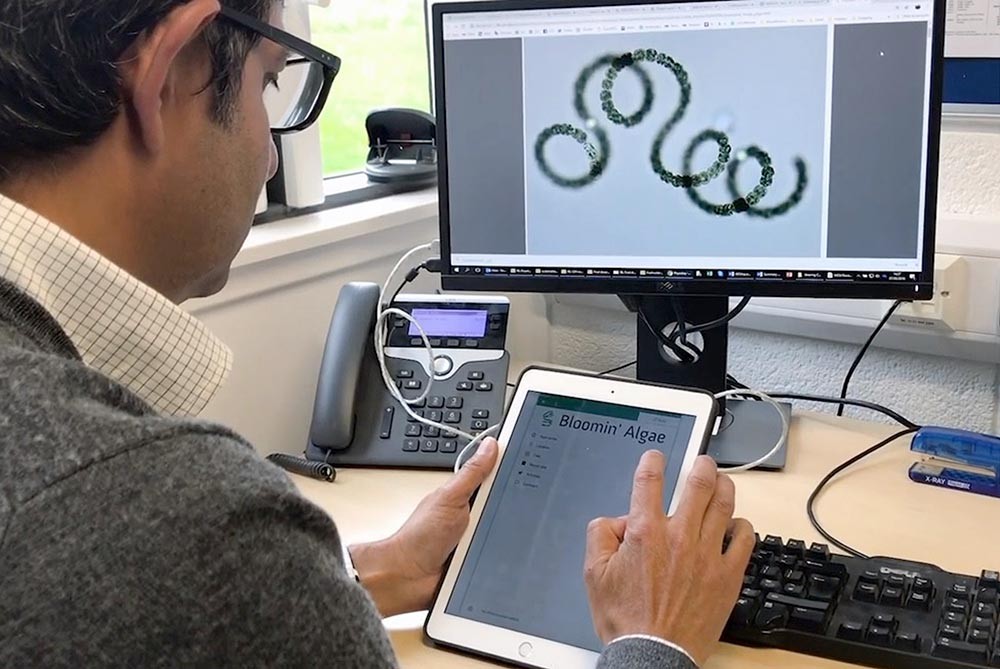
Scientists are asking the public to look out for blue-green algae, which can be fatal for pets and harmful for people’s health.
Also known as cyanobacteria, the toxic blooms have been found at locations in Co. Clare and Co. Mayo, and could appear in other water courses in warm, dry weather.
The location in Clare verified to have the algae is Gortglass Lough near Kildysart.
Ecologists at the UK Centre for Ecology & Hydrology (UKCEH) are therefore asking the public to download their free Bloomin’ Algae app and report details of suspected outbreaks with a photograph. This will provide an early warning to other members of the public, thereby helping people and their pets, as well as watersports enthusiasts, to enjoy the natural environment safely.
The blooms can cause the deaths of dogs, horses, fish and other animals. At the end of May this year, a dog died after coming into contact with suspected blue-green algae at Loch Awe in Argyll & Bute, Scotland.
Blue-green algae can occur naturally in ponds, lakes, rivers, reservoirs and canals, and are toxic to anyone who swallows contaminated water or has skin contact with it. People who come into contact with the algae, such as open water swimmers and canoeists, could suffer skin rashes, vomiting, diarrhoea, fever or muscle and joint pain.

Submitted records are immediately available to view on a map on the Bloomin’ Algae app. Experts will quickly verify them and inform the person who reported the sighting whether it is blue-green algae or not. They will provide advice on whether outbreaks need to be reported to the landowner, who is responsible for ensuring warning signs are put up at a site. App users can also set up notifications of confirmed blooms in their area.
Professor Laurence Carvalho, a freshwater ecologist at UKCEH, who developed the app, says: “Blue-green algae tend to flourish from June to the autumn, during long spells of warm and dry weather. They are becoming more frequent due to climate change and the increasing amount of nutrients entering our waters, for example from sewage or fertilisers.
“By reporting blooms via the Bloomin’ Algae app, the public is providing a rapid, early warning about outbreaks. “
Thanks to app users, experts have been able to rapidly confirm blue-green algae outbreaks this year in several places including western Ireland and in the UK (across the Central Belt of Scotland, as well as in the Lake District, Derbyshire, North Warwickshire, Oxfordshire, Hertfordshire and Essex).

Professor Carvalho says blue-green algae can be confused with harmless blooms of blanketweed or duckweed*. Blue-green algae are often a vivid green colour, characteristically turning turquoise when they decay along the shoreline. Unlike blanketweed or duckweed, they do not look like clumps of hair or tiny leaves, and if you poke the blooms with a stick, they break up like a cloud of dust in the water.
Parents of young children are advised to keep them out of water where there is suspected blue-green algae, and dog walkers should keep their pets on a leash and wash their coats down as soon as possible if they go into contaminated water. Anyone concerned that they or their pets have been in contact with blue-green algae is advised to seek medical advice.
Dogs can become extremely ill within just a few minutes so owners should seek urgent veterinary assistance if their pets show symptoms such as diarrhoea, excessive drooling, muscle tremors and disorientation.
Download the Bloomin’ Algae app for free on Google Play and the App store. See the website for more details – ceh.ac.uk/bloomin-algae.
